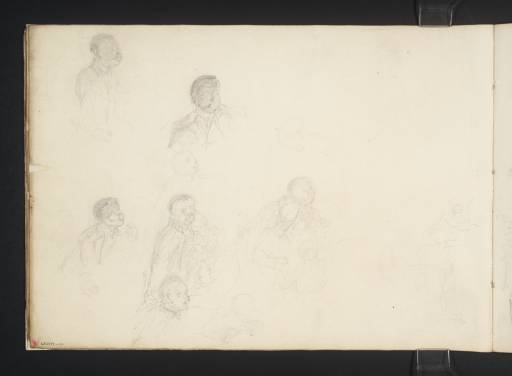References
How to cite
David Blayney Brown, ‘Studies of a Black Servant and Other Figures c.1807–10 by Joseph Mallord William Turner’, catalogue entry, December 2009, in David Blayney Brown (ed.), J.M.W. Turner: Sketchbooks, Drawings and Watercolours, Tate Research Publication, December 2012, https://www

